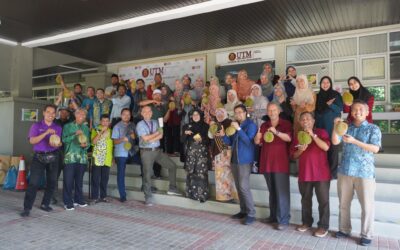The inevitable existence of microcracks in concrete matrix can create interconnected flow paths due to external load, which will then provide easy access to harmful substances, and thus yielding to corrosion of reinforcement. Consequently, this affects the durability of the structure. Recent researches are devoted in crack self-healing concrete, which mimics the natural remarkable biological system of wounds healing. Despite that, the issue revolving around the efficiency of crack self-healing technique remains important. Microbial calcium carbonate offers an attractive biotechnique to fill pores volume as well as both micro and macrocracks in the affected cementitious material, resulting in barriers to inhibit water or aggressive chemical flow. However, results of this approach have only been demonstrated at laboratory scale and theoretical information is still limited. The present study describes a theoretical model to simulate the kinetics of calcite precipitation induced in response to the hydrolysis of urea in concrete crack. In addition, a second-order partial differential equation in time and space to model the healing process, rationally based on physic-bio-chemical issues, was developed. Both finite element and finite difference were implemented to solve this equation. SEM images were conducted to verify the predicted crack-healing results through artificial cracked mortar specimens incorporating indigenous Lysinibacillus sphaericus. As such, it could be concluded that a prediction of the healing process of the affected cementitious materials can be provided via the developed model.
https://www.sciencedirect.com/science/article/abs/pii/S0950061818321597



